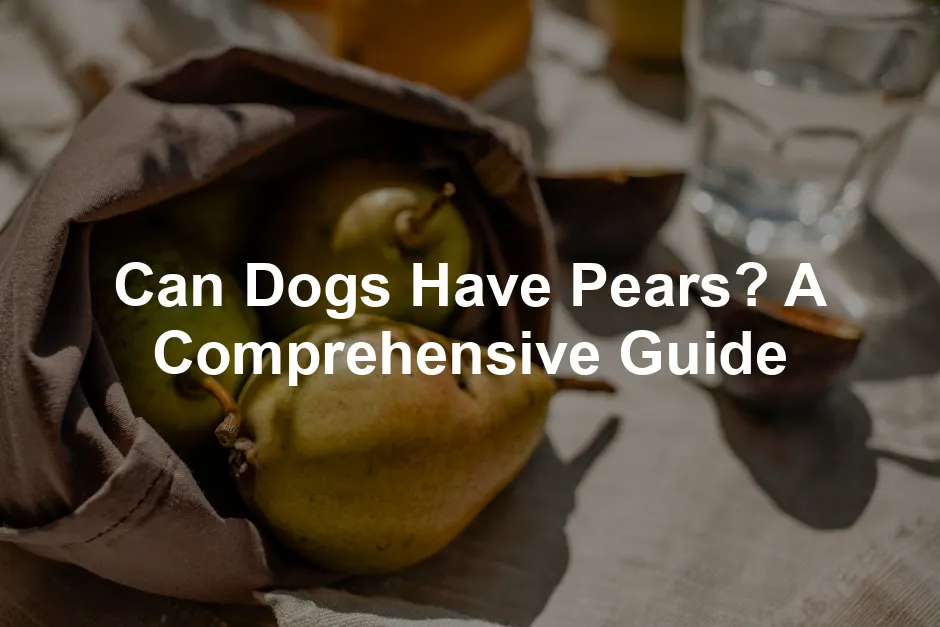Introduction
Pears are a favorite fruit for many people. Their sweet, juicy flavor makes them a popular snack. But can we share this tasty treat with our dogs? The good news is that pears can be safe for dogs when prepared correctly. Let’s dive into the details!
Speaking of sharing, why not treat your furry friend to some delicious organic dog snacks? They’re a great way to reward your pup while ensuring they’re munching on something healthy and tasty!
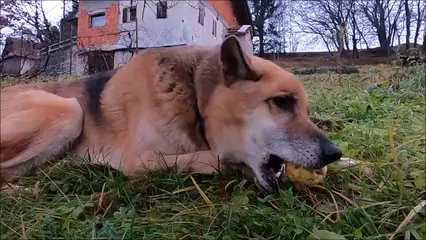
Summary and Overview
This guide will explore whether pears are beneficial for dogs. We will discuss the nutritional benefits of this fruit, including vitamins and fiber. However, moderation is key. Too much pear can lead to an upset stomach. Proper preparation is crucial as well. Always remove the seeds and core, which can pose risks. By keeping these factors in mind, pears can be a delightful addition to your dog’s diet.
And just like you want to keep your pears fresh, consider investing in a dog food storage container. It keeps your pup’s food fresh and tasty, ensuring that every meal is as delicious as the last!

Are Pears Safe for Dogs?
Overview of Safety
Yes, pears are generally safe for dogs to eat. This fruit is a great source of hydration and nutrients. However, it’s essential to prepare them correctly. Always remove the seeds and core before sharing pears with your furry friend. These parts can be harmful; the seeds contain small amounts of cyanide, which is toxic in large quantities.
Additionally, the core can pose a choking hazard. It can also lead to intestinal blockages if swallowed whole. To keep your dog safe, slice pears into small, manageable pieces. This prevents choking and ensures a more enjoyable snack for your pet. Always supervise your dog while they eat. By following these guidelines, you can safely include pears as an occasional treat in their diet.
To keep your dog stylish while you’re out on walks, consider a dog leash with reflective stitching. It ensures you and your pup stay visible during those evening strolls, providing extra safety for both of you!

Are Pears Healthy for Dogs?
Pears can be a nutritious treat for dogs. This fruit is packed with vitamins C and K, which support the immune system. Vitamin C acts as an antioxidant, helping to fight off free radicals. Vitamin K plays a key role in blood clotting and bone health.
Pears are also an excellent source of dietary fiber. This fiber aids in digestion and promotes regular bowel movements. A fiber-rich diet can help prevent constipation and keep your dog’s gut healthy. Additionally, the antioxidants found in pears contribute to overall cellular health, making them a beneficial snack option.
However, remember that moderation is crucial. While pears offer health benefits, too much can lead to digestive upset. Always introduce this fruit slowly into your dog’s diet to monitor for any adverse reactions.
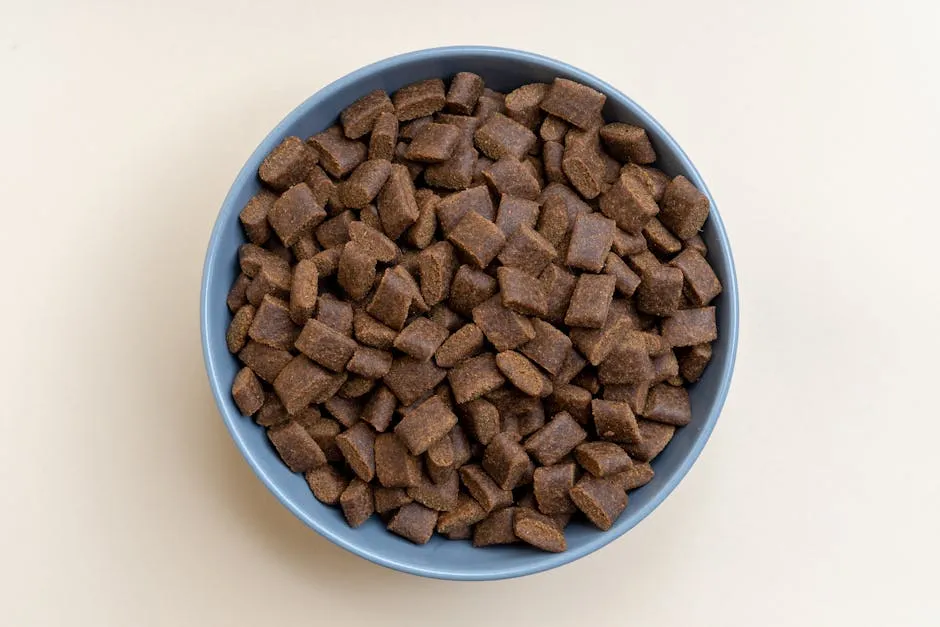
If you’re looking to enhance your dog’s health routine, consider a dog training clicker. It’s a fantastic tool for positive reinforcement, helping your dog learn new tricks while having fun!
Nutritional Benefits
- Vitamins: Pears are rich in vitamins C and K, which support immune function and blood health.
- Fiber: High fiber content aids digestion and helps regulate bowel movements.
- Antioxidants: Pears contain antioxidants that support overall health.
In conclusion, pears can be a tasty and healthy treat for your dog when given in moderation.
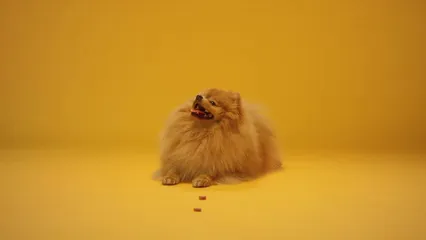
Risks of Feeding Pears to Dogs
While pears can be beneficial, there are risks to consider. Overfeeding pears can lead to digestive upset due to their high sugar content. Dogs that consume too much sugar may experience diarrhea or an upset stomach. Therefore, always limit the amount of pear you give your dog.
Another significant risk involves the seeds and core of the pear. Pear seeds contain trace amounts of cyanide, which can be harmful in large quantities. The core can also pose a choking hazard or lead to intestinal blockages if swallowed whole.
To ensure your dog’s safety, always remove the seeds and core before offering pears. Be vigilant for any signs of adverse reactions, such as vomiting or lethargy, after your dog eats pears. If you notice these symptoms, consult your veterinarian immediately.

Potential Risks
- High Sugar Content: Overfeeding can cause digestive upset.
- Dangerous Seeds: Pear seeds contain cyanide and can be toxic.
- Choking Hazard: The core can obstruct the digestive tract.
In summary, while pears can be a delightful treat, proper preparation and moderation are essential for your dog’s health.

Can Dogs Eat Canned Pears?
Canned pears may seem convenient, but they aren’t the best choice for dogs. Most canned pears are packed in syrup, which adds unnecessary sugar. This high sugar content can lead to weight gain and digestive issues in dogs. Excess sugar can irritate their stomachs, potentially causing diarrhea or discomfort.
Moreover, the syrup can contribute to obesity, especially in less active dogs. Instead of canned options, fresh pears are a far healthier alternative. Fresh pears provide essential vitamins and are lower in sugar. They also retain their natural fiber, which is beneficial for digestion. Always choose fresh, ripe pears for your dog’s snack.
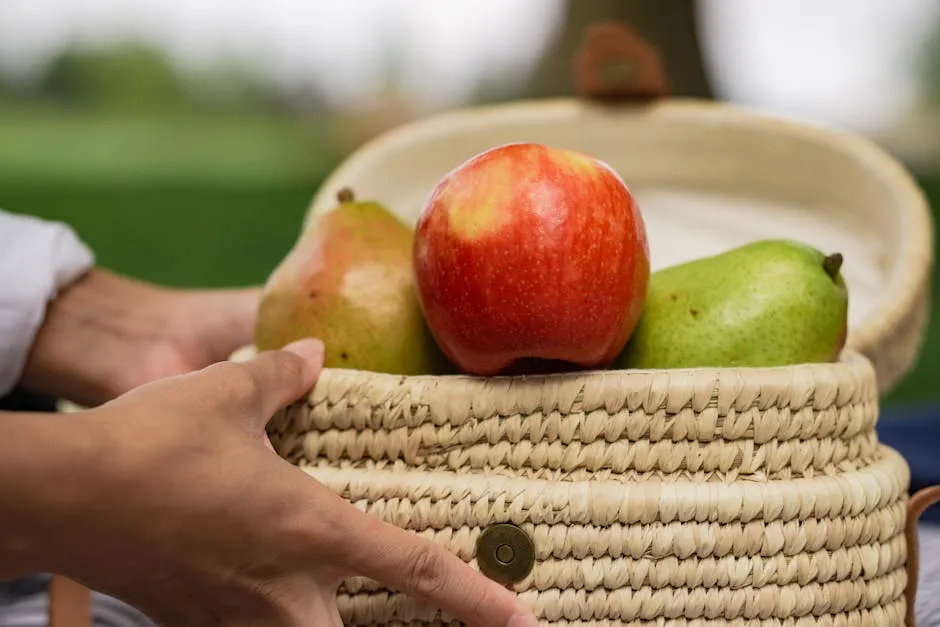
And speaking of healthy options, don’t forget to hydrate your pup! A dog water bottle for walking is an excellent way to keep them hydrated during your adventures together!
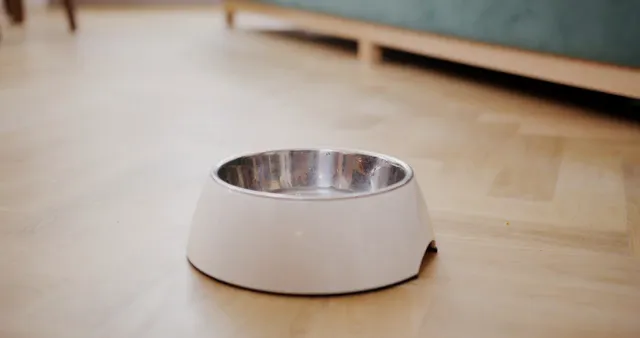
How to Feed Your Dog Pears Safely
Feeding your dog pears can be a delightful treat, but preparation is key. Start by choosing ripe pears, as they’re easier to chew. Here’s a simple step-by-step guide for serving pears to your furry friend:
- Wash the Pear: Rinse thoroughly to remove any pesticides or residues.
- Remove the Core and Seeds: Pear seeds contain small amounts of cyanide, which can be harmful. Ensure you discard these parts.
- Cut into Small Pieces: Slice the pear into small, manageable pieces. This prevents choking and makes it easier for your dog to eat.
- Serve as a Treat: You can offer the slices as an occasional treat. Alternatively, mix them with their regular food for a tasty surprise.
For a fun twist, try freezing pear slices for a refreshing snack on warm days. Always monitor your dog for any signs of digestive upset after introducing a new food. Enjoy sharing this healthy treat with your pup!
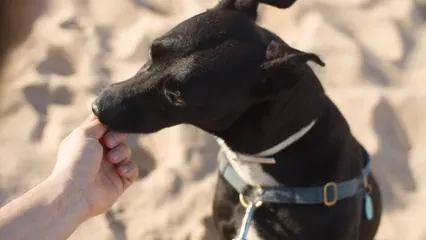
And if you’re looking for a fun way to keep your dog engaged, a dog puzzle toy can be a great addition to their playtime! It stimulates their mind and keeps them active.

How Much Pear Can My Dog Eat?
Serving Sizes
When considering how much pear to give your dog, the 10% rule is a helpful guideline. Treats, including fruits like pears, should make up no more than 10% of your dog’s daily caloric intake. This approach helps prevent excessive sugar consumption, which can lead to digestive issues.
For specific serving sizes, consider your dog’s weight and size:
- Extra-small dogs (2-20 pounds): Offer 1-2 small pieces.
- Small dogs (21-30 pounds): 2-3 bite-sized pieces are appropriate.
- Medium dogs (31-50 pounds): 5-6 small pieces will do.
- Large dogs (51-90 pounds): A small handful of pear pieces is suitable.
- Extra-large dogs (91+ pounds): A handful of pear slices can be offered.
As a general rule, you can offer pears a few times a week. This keeps the treat exciting without overwhelming your dog’s system. Always watch for any signs of digestive upset after introducing pears to their diet.
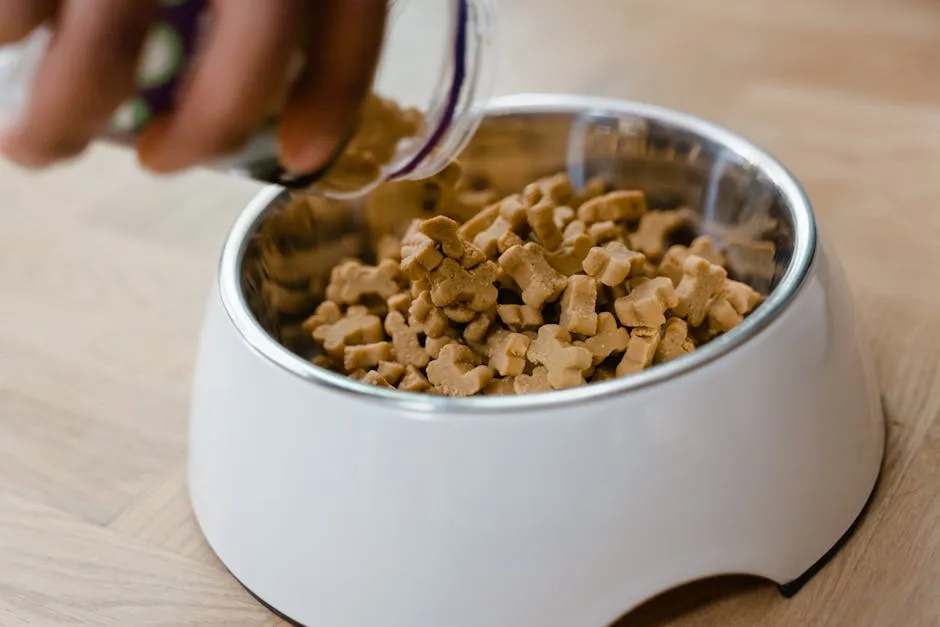
And to keep your dog’s teeth sparkling clean, consider a dog toothbrush and toothpaste set. Regular dental care is crucial for your pup’s overall health!
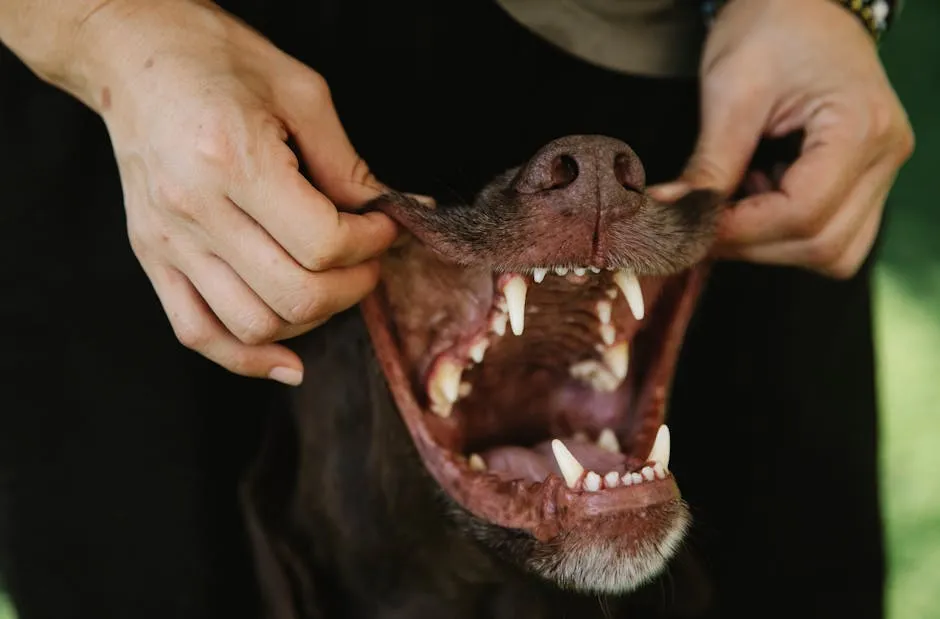
Conclusion
In summary, pears can be a nutritious and enjoyable treat for dogs when given in moderation and prepared safely. Remember to remove the seeds and core, and stick to appropriate serving sizes based on your dog’s weight. Always consult your veterinarian for personalized dietary advice to ensure your furry friend stays healthy and happy. If you’ve had experiences with feeding pears to your dog, feel free to share them in the comments!

And while you’re at it, why not get your pup a cozy spot to relax? A dog bed with a removable cover is perfect for snuggling and gives them a comfortable place to catch some Zs!
FAQs
Please let us know what you think about our content by leaving a comment down below!
Thank you for reading till here 🙂
If you’re concerned about your dog’s health issues related to pears, you may want to read more about dog diarrhea as it can be a common reaction to dietary changes.
If you have small dogs, you might find it helpful to learn how to create a safe play area for small dogs to ensure their safety while enjoying treats like pears.
All images from Pexels

